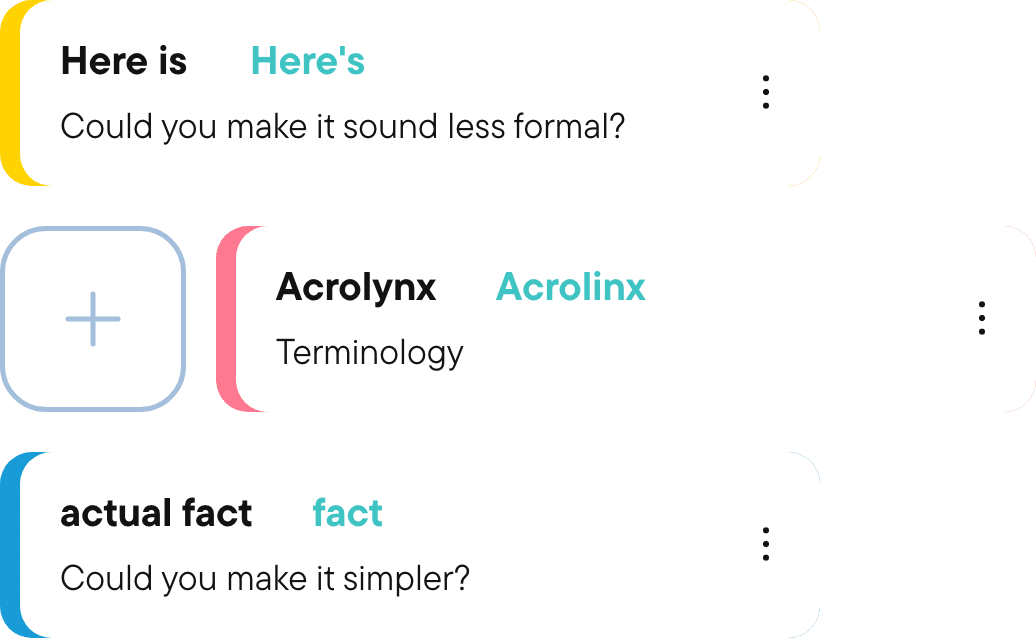Writing With Clarity: Data Insights Into Enterprise Content
Dissecting Enterprise Content Analytics: Why It Matters To Write Clearly
Acrolinx asked Fortune 500 companies how they prioritize clarity in their written content and how they rank it in comparison to other writing qualities. This report captures survey data from more than 100 respondents from Acrolinx Fortune 500 customers and other companies.
Let’s dive into the key elements of this report!
Ranking the different language elements
There are many writing and language elements that make up compelling content. They include:
- Clarity. If conciseness is the ratio of words to ideas, clarity is the degree to which your readers understand your words and ideas. How clearly do you customers understand your message?
- Inclusive language. Inclusive writing refers to creating content that is free from bias, discrimination, or exclusion. The goal is to ensure that all readers feel respected, represented, and included, regardless of their background, identity, or personal circumstances.
- Scannability. Scannability helps you structure your content so readers can easily find and understand your message quickly and efficiently. It makes your content more accessible to a wider audience — including non-native language speakers.
- Spelling and grammar. How correct is your writing? Spelling and grammar can fluctuate depending on whether you use US or UK English, and which style guide you subscribe to.
- Terminology. Large enterprises can have anywhere from dozens to many thousands of unique, company-specific terms. Your writing guidelines should document these, so that writers can be sure they’re always using the right terms to describe the many aspects of your business.
- Tone of voice. Your tone of voice isn’t about what you say, but rather how you say it. Your company’s writing guidelines should outline what makes your organization’s tone of voice unique.
In this report, enterprises rank which language elements they prioritize when writing content and documentation.
Why it’s essential to write clearly
Transparent communication is free of ambiguity. And it’s important in a global workforce where
both target markets and internal teams contain people from diverse linguistic and cultural
backgrounds. The importance of clear writing lies in its ability to facilitate information
exchange, reduce misunderstandings, maximize inclusion, and improve collaboration across
different teams and time zones.
But across global enterprises, cross-cultural teams, or teams involving interdisciplinary subject
matter experts, writing clear content is easier said than done. Especially when we rely not only
on people, but generative AI, to write on behalf of the enterprise. But, as you’ll learn in this report, clarity remains the most essential language element for enterprises.
Best practices for clear writing
Find out how enterprises achieve clarity by downloading the report. Some best practices include:
- Plain language
- Readability
- Sentence structure
- Sentence and paragraph length
- Consistent terminology
These best practices outline how you can write with clarity and without them you could be, unintentionally, misleading your customers.
Is your content as clear as your competitors? Download the report today to find out!
Download report
Ready for content success?
See how our AI capabilities help you create and maintain high-quality content in our demo.

